New photochemical diode artificial photosynthesis system doubles efficiency of solar water splitting
Green Car Congress
MAY 4, 2018
As reported in an open-access paper in Nature Communications, the wafer-level photochemical diode arrays exhibited solar-to-hydrogen efficiency of ~3.3% Previous direct solar water splitters have achieved a little more than 1 percent stable solar-to-hydrogen efficiency in fresh or saltwater. in neutral (pH?~?7.0)






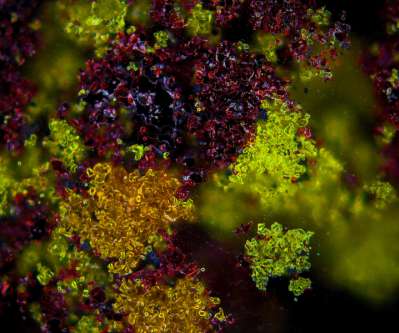












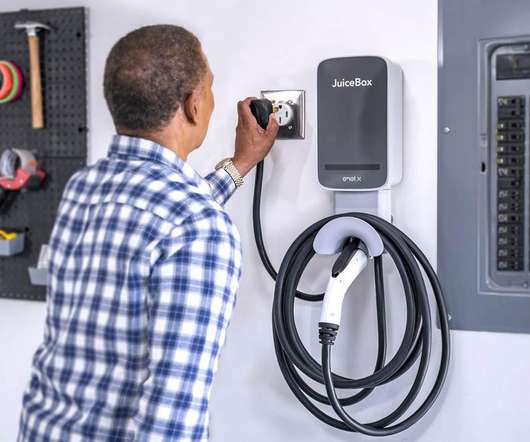
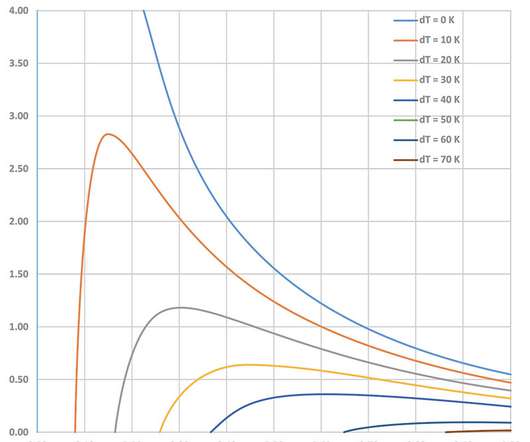





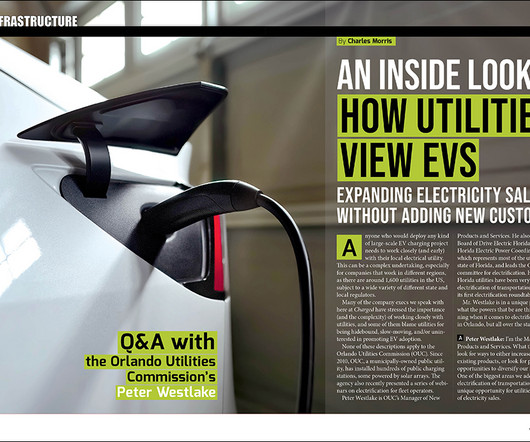




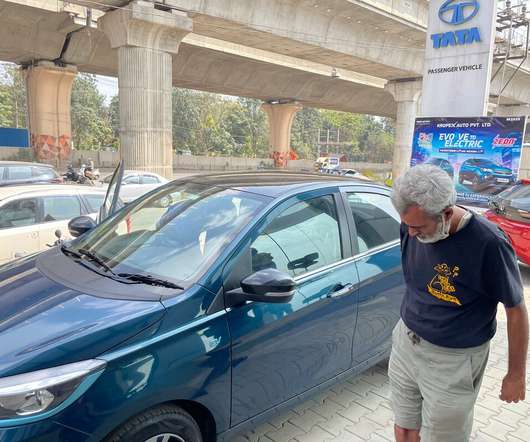












Let's personalize your content